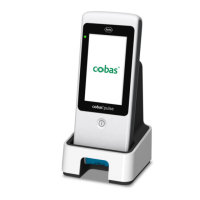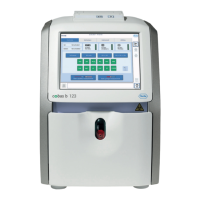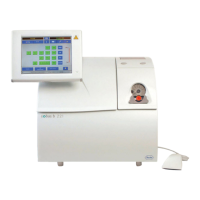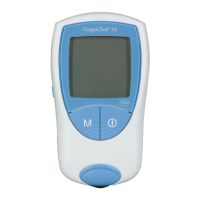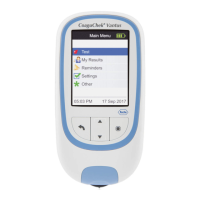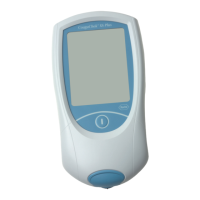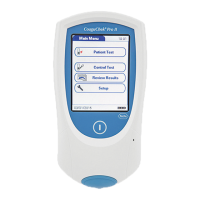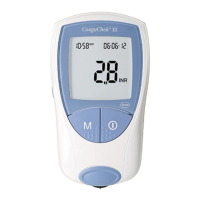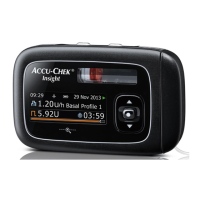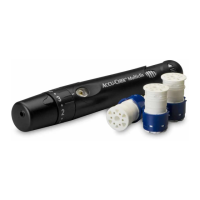Do you have a question about the Roche cobas c 111 and is the answer not in the manual?
| Type | Clinical Chemistry Analyzer |
|---|---|
| Sample Types | Serum, Plasma, Urine |
| Throughput | Up to 100 tests/hour |
| Power Requirements | 100 – 240 V AC; 50/60 Hz; max. 300 VA |
| Connectivity | Ethernet, USB |
| Operating Temperature | 15 to 32°C (59 to 90°F) |
| Operating Humidity | 20 to 80 % RH |
Records changes and versions of the installation manual.
Outlines legal ownership of logos and intellectual property.
Provides manufacturer identity and contact information for inquiries.
Specifies the purpose and application scope of the cobas c 111 analyzer.
Explains symbols, numbering, and abbreviations used for clarity in the manual.
Explains hazard symbols and important safety notices for safe operation.
Details electrical, biological, software, optical, user, and maintenance safety rules.
Introduces the cobas c 111 analyzer, its functions, and applications.
Illustrates and labels the major internal components of the analyzer.
Lists detailed technical specifications for software, hardware, interfaces, and performance.
Covers delivery, packaging inspection, and reporting of damage.
Lists additional items needed and refers to the packing list for accessories.
Details steps for unpacking the instrument, with and without ISE.
Identifies and explains the location and use of the instrument's switches and connectors.
Guides placement, preparation, and startup for instruments with an ISE unit.
Guides placement, preparation, and startup for instruments without an ISE unit.
Details the process of physically connecting the ISE unit to the base instrument.
Refers to the Operator's Manual for daily operation and testing procedures.
Explains the procedures for safely shutting down the analyzer.
Details draining and packing procedures for safe instrument transport.
Provides guidelines for disposing of the instrument and external components.
Provides contact information for submitting installation report feedback.
